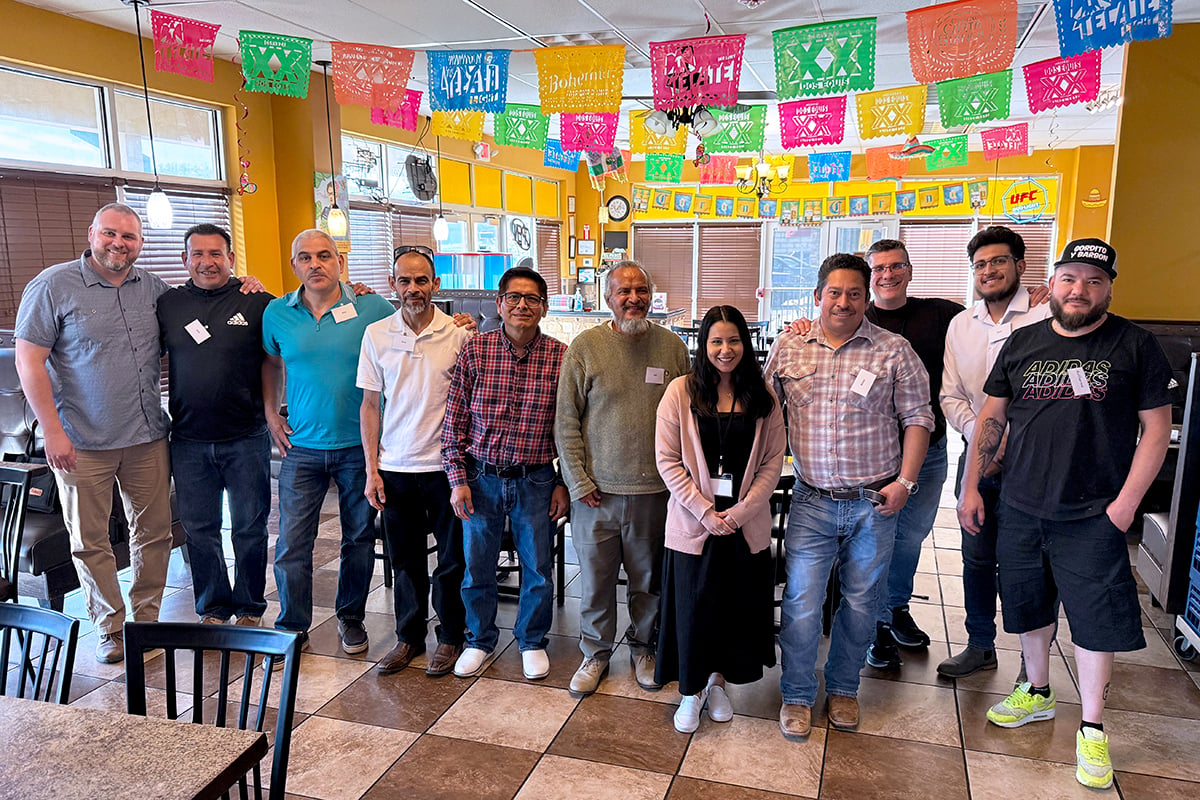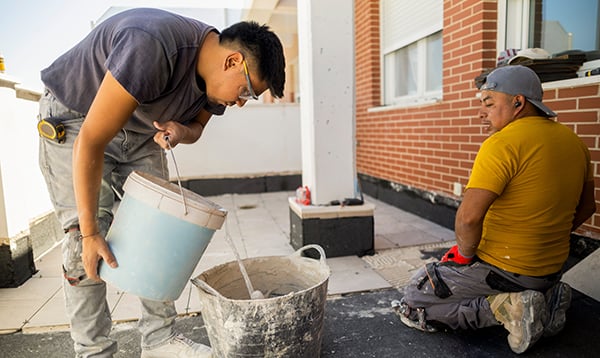Read this article in: Español
Latinos Make Up a Significant Portion of U.S. Construction Workers
The Center for Construction Research and Training (CPRW) estimates that Hispanic workers make up 34% of the U.S. construction workforce, and their presence is growing. As a comparison, Hispanic workers across all U.S. industries makes up almost 19% of the market, so the construction industry indexes much higher than the overall Hispanic worker population in the U.S. Here is a profile of the U.S. Hispanic construction worker based on CPRW data from 2023:
- Ninety-three percent are male.
- Eighty-seven percent are under 55 years old (the proportion of 55+ workers is rising).
- Forty-six percent are U.S. citizens (increasing from the past decade).
- Eight-five percent are craftworkers with specialized skills (down from a decade ago).
- Twenty-seven percent of all construction firms are owned by Hispanics (with the majority being nonemployer-type firms).
- Top five occupations:
- Seventy-five percent are drywall installers.
- Sixty-four percent are roofers.
- Sixty-three percent are painters.
- Sixty percent are carpet and tile installers.
- Forty-four percent are insulation workers.
Learnings From a Focus Group With Latino Building and Construction Workers
BLD Marketing recently hosted a focus group discussion with a number of Latino contractors active in a variety of building and construction roles. The focus group consisted of seven people representing a variety of skill sets, including carpentry, roofing, general remodeling, siding, concrete, flooring, electrical, and painting.
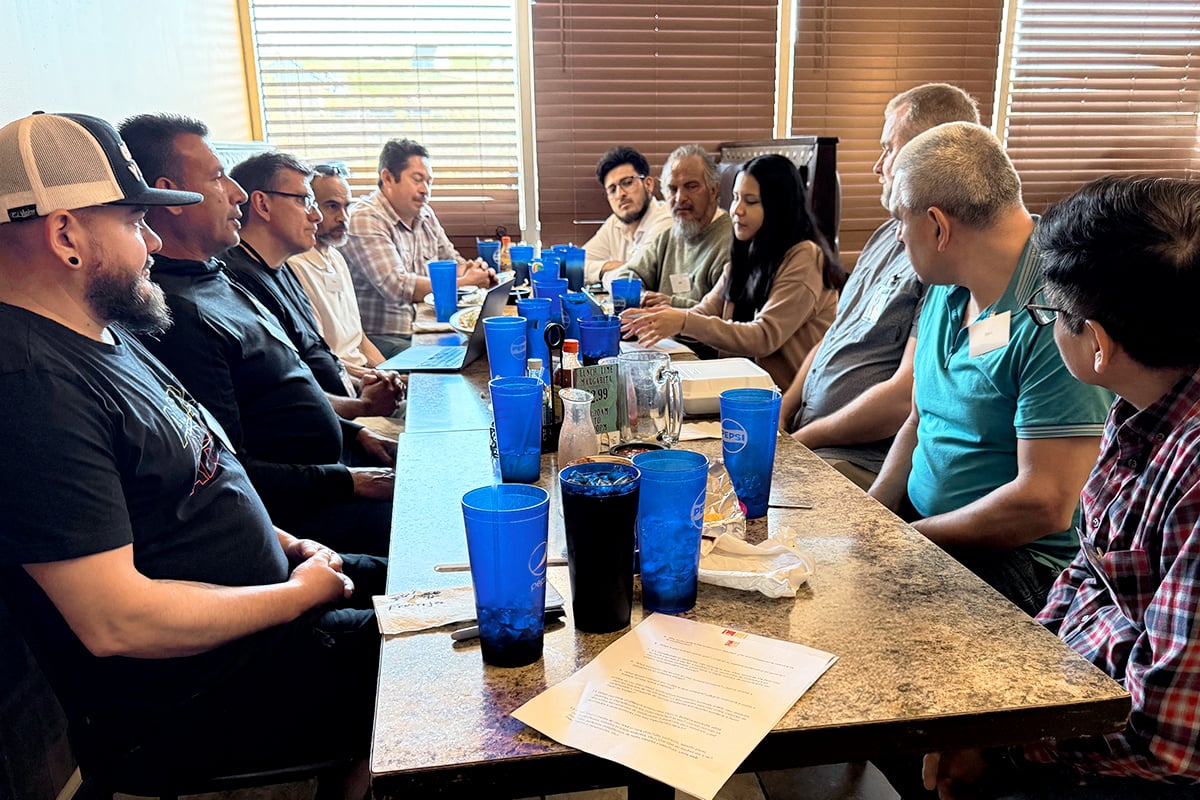
The goal of the discussion was to better understand the needs and nuances of this growing subsegment of construction labor. Yanira Cintora Lopez, BLD Marketing account manager, moderated the session, asking the questions in Spanish and translating the conversation as it unfolded.
Here is what we learned:
Loyal to Their Employer, but Some Want to Build Their Own Business
The construction workers interviewed as part of the focus group had one common trait: They like stability. Every person interviewed has worked for one employer for at least five years, with most having at least 10 years with the same company. And just like the norms of the overall construction contractor segment, a portion of them aspire to have their own business. Of the seven contractors interviewed, two of them built on their employee experience with a construction company before starting their own business. Several others have the ambition to start their own companies in the near future.
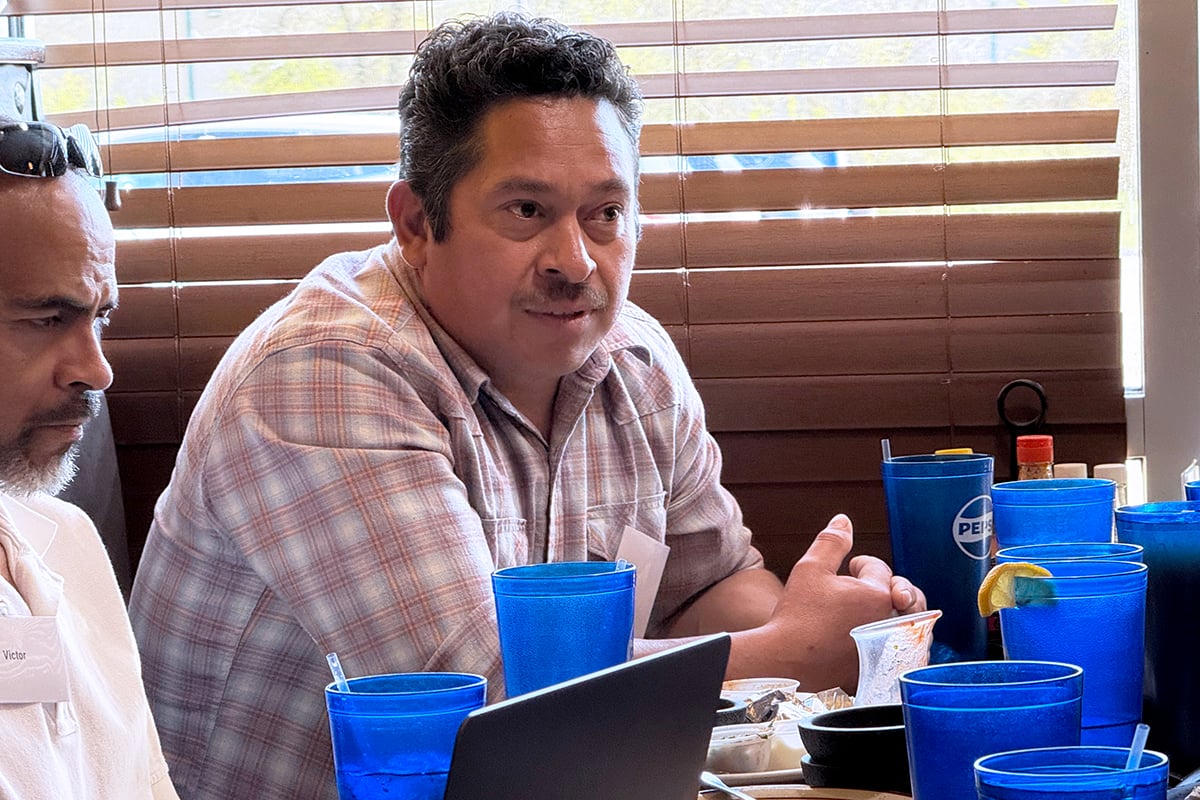
The number of years with one company is a point of pride with these workers, and familiarity with the job, the supervisors, and colleagues makes it comfortable for them to stay. But a major factor is their immediate boss. There is often a language barrier with the worker and their “patron” or boss, but how their supervisor treats them and takes an interest in them are significant factors in whether they stay at the employer.
Their Work is Important to Them
Being part of the construction business is a fulfilling experience for many of the construction workers we interviewed. Beyond the ability to earn more money in this field versus jobs in other industries, there was a sense that the construction industry offers a number of other benefits such as learning new skills along with getting recognized and complimented for their work. The respondents also emphasized shared values like putting in an honest day’s work and the importance of being on time (they don’t tolerate tardiness) along with an openness to work weekends to earn more.
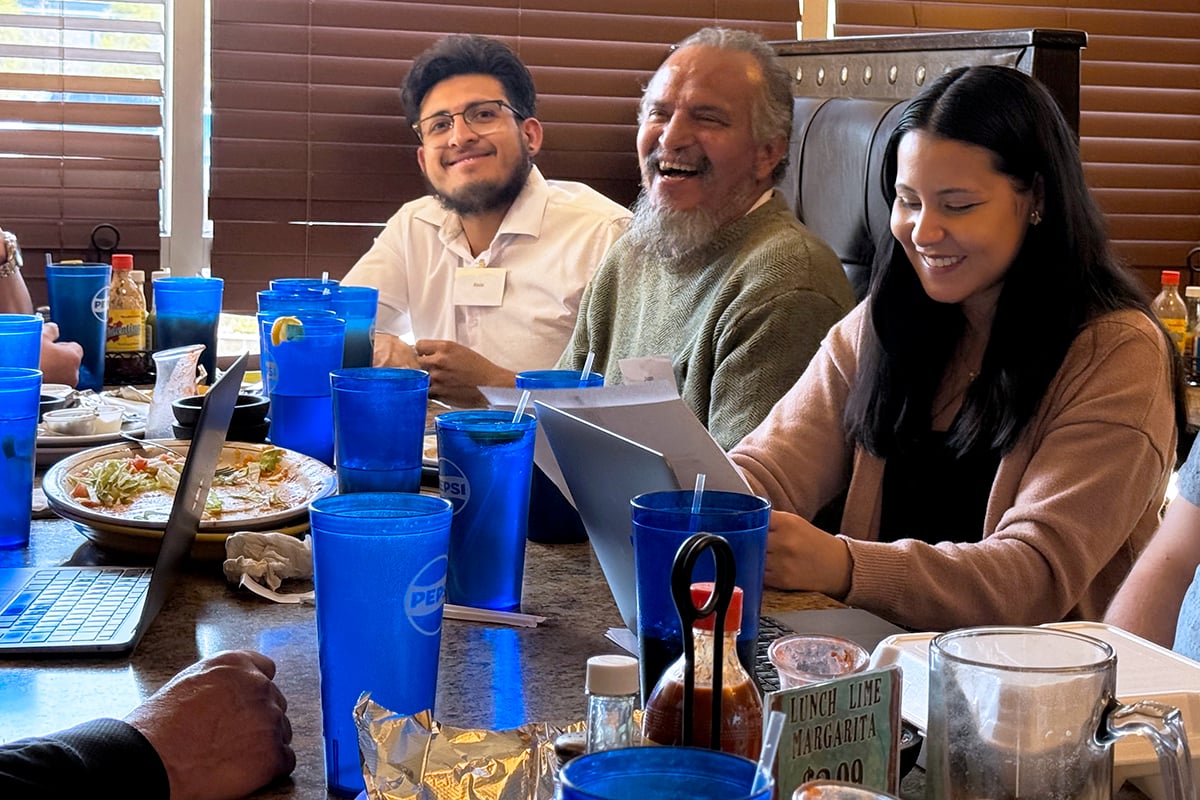
Some of the respondents said they feel more relaxed in the construction industry, especially since many do not have much of an advanced education. The construction industry provides them with an opportunity to earn more while doing things they like to do.
Employer Recruitment Tactics Need To be Resourceful
Only one or two of the respondents from the focus group said they found their current position via traditional recruitment efforts such as ads on Indeed or Glassdoor. Many of them relied on a referral from a friend or relative.
Social media, in particular, was an untrusted source. There have been instances where employer ads on social media led to scams where they did the work and did not get paid for it or received fake checks.
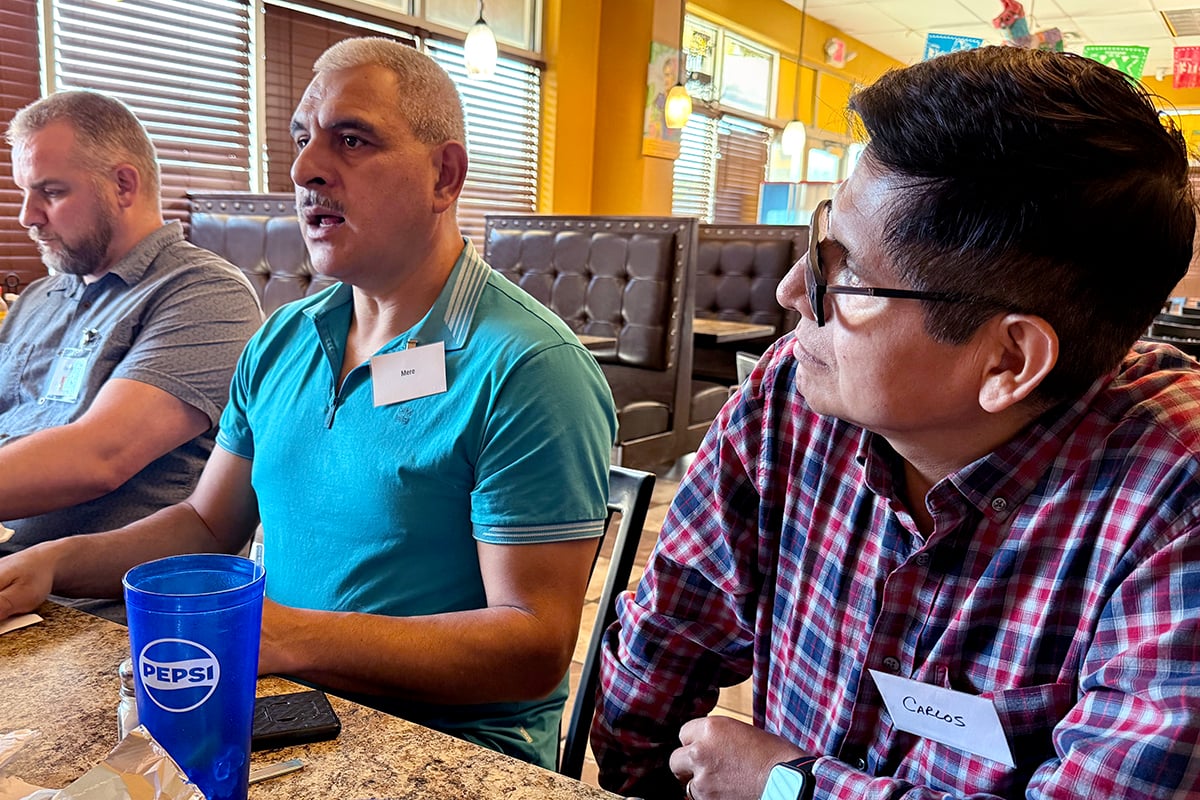
Local Latino community groups associated with a church or neighborhood restaurant are trusted sources, but these groups have not really delivered on new employment or business opportunities. What is most trusted is a builder or contractor providing a business card or having members of the family and community first get a job and then have others follow.
Language Barriers Are Significant, but Can Be Overcome
Translating a supervisor’s instructions can be challenging, as most American contractor company supervisors are not bilingual, and many of the Latino workers have only a limited understanding of English. Additionally, only a small portion of manufacturer installation guides and marketing material is available in Spanish. As a result, many of the Latino contractors rely on their supervisor to find the needed information and wait for them to provide an approval before moving forward.
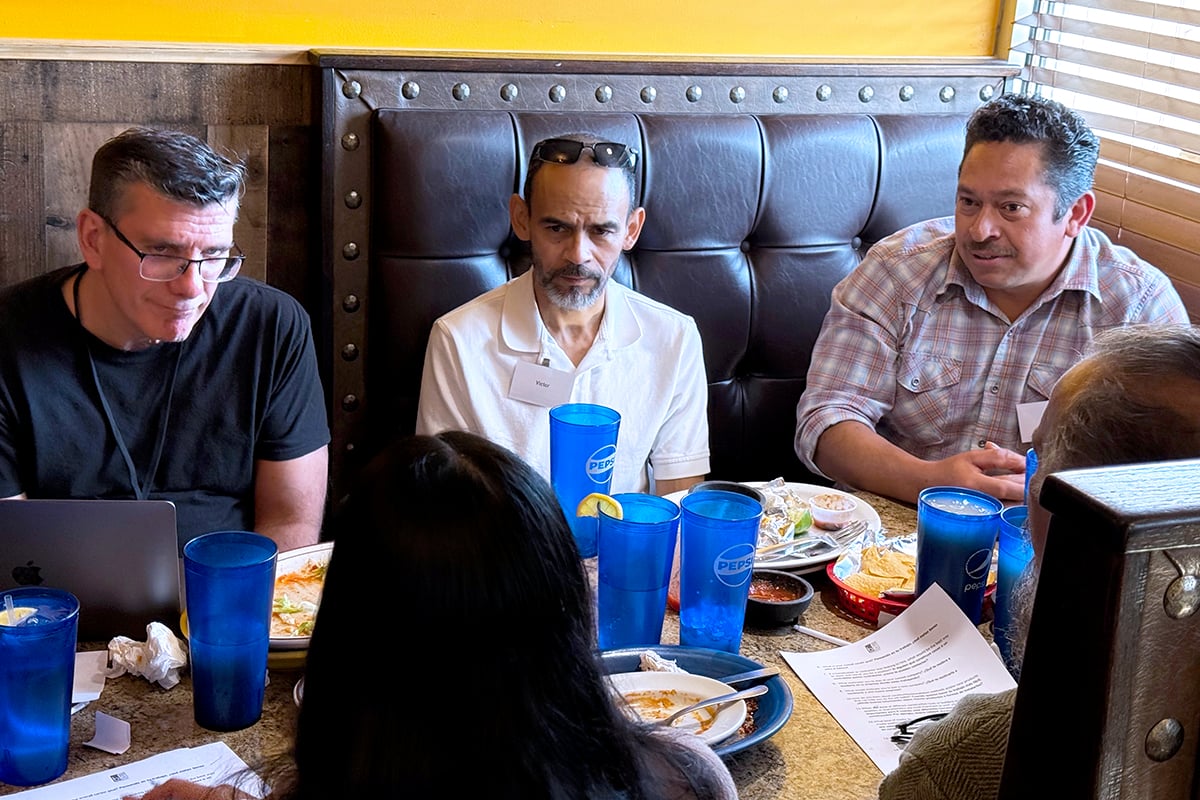
Having manufacturer flyers, installation guides, and YouTube installation videos available in both English and Spanish is the best way to overcome the language barriers. The contractors also said that phone-based customer service is typically offered in Spanish, but you have to ask for it as part of the voice prompts.
Self-Learning is Expected
While there is a consistent level of hands-on training supplied by the employer, the overall sentiment from the contractors in the focus group was that you need to take it upon yourself to keep learning about products, installation methods, and building codes. YouTube is a popular resource for learning, whether it is how-to videos, installation techniques, or finding inspiration for ideas. Beyond YouTube, social media is not a popular means for learning. Online materials that include building code information, instruction manuals, and product information are go-to resources for self-learning.
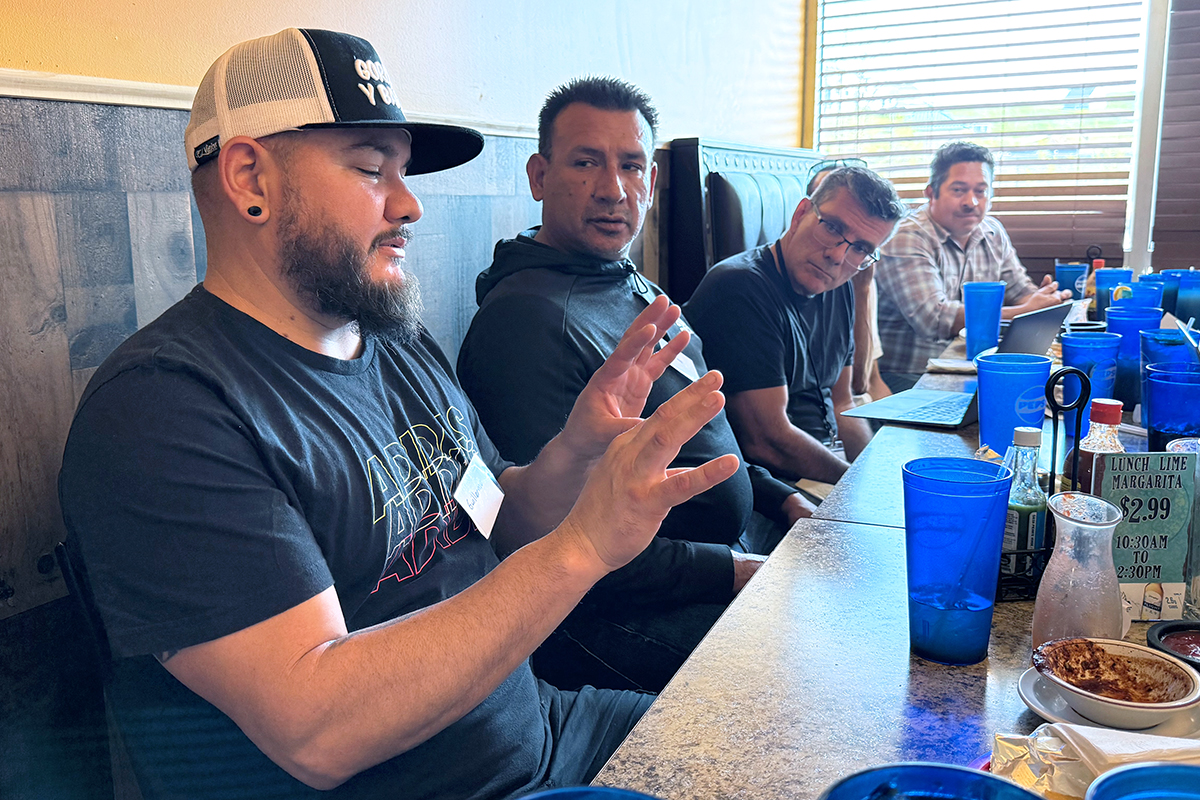
Playing Music on the Jobsite Is Popular
Many of the construction workers said they usually have music playing while working on a job. The selection of music varies from Las Palmas radio via streaming apps like Spotify to country music and oldies rock. Many of the respondents shared experiences of working with bosses who insisted they listen to English stations – mainly motivated by customer sensitivities – but that is not a common requirement from employers.

Cultural Nuanced Norms Exist, but Within an Overall Desire to Acclimate to the Expectations of a U.S. Workforce
When you infuse such a high concentration of another culture into the U.S. workforce, there will be considerations to ensure these workers adapt and become a productive source of talent. Beyond providing easier means for communicating and creating a welcoming environment, the goal for Latino construction workers is the same as any workforce member: to provide an attractive opportunity to make a living and have a path for growth and prosperity.
Learn More About BLD Marketing
Planning & Research
Related Blog Posts:
Let’s talk.
Have a specific marketing challenge? Looking for a new agency?
We’d love to hear from you.
